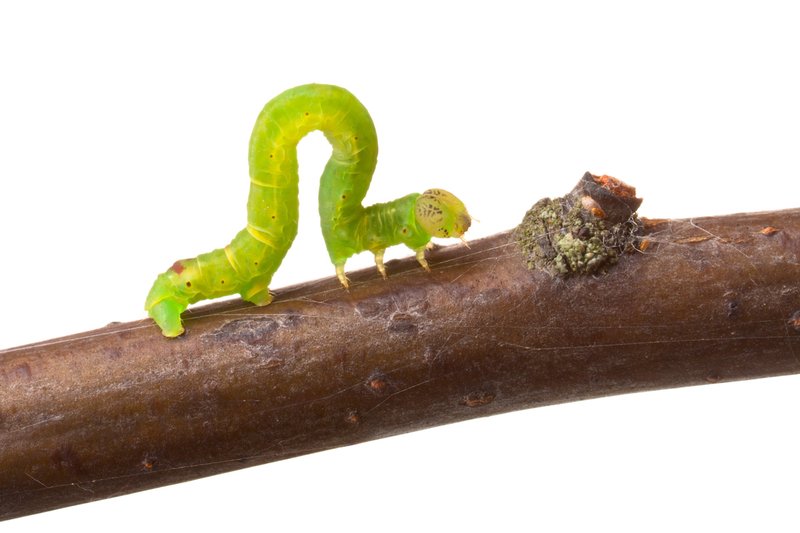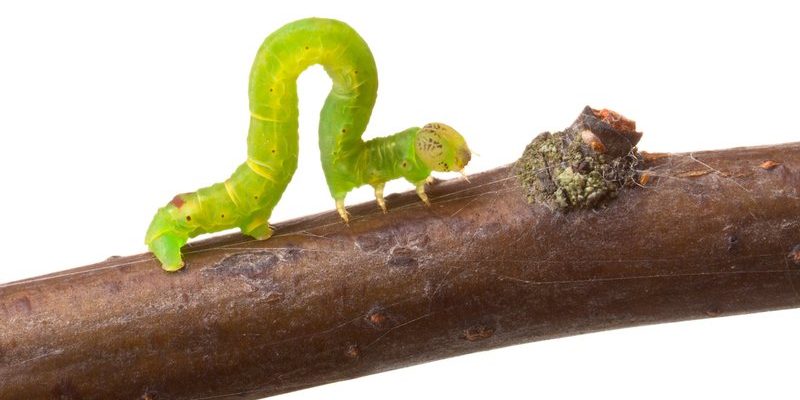
You might be wondering how these small, seemingly insignificant creatures fit into such a vital role. Well, just as tiny cogs keep a large machine running smoothly, inchworms help facilitate the breakdown of organic material in woods. This not only supports vegetation but also plays a part in the overall health of the ecosystem. In this article, we’ll dive into the fascinating world of inchworms, exploring how they contribute to woodland decomposition and why it matters for our environment.
What Are Inchworms?
Inchworms are the larvae of certain species of moths, often part of the Geometridae family. These little critters are known for their unique movement pattern, where they “inch” along by looping their bodies, making them look like a measuring tape stretching out. There are countless species of inchworms, and they can be found all over the world, particularly in woodlands.
You might be surprised to learn that most inchworms are herbivorous, munching on foliage, including leaves and tree buds. This diet is essential for their growth, but it also makes them pivotal players in the decomposition process. As they consume plant matter, they help break it down and make it more accessible for other decomposers like fungi and bacteria.
The Decomposition Process Explained
Decomposition is nature’s way of recycling nutrients. When plants and animals die, they leave behind organic material that would otherwise accumulate and clutter the forest floor. Here’s where inchworms come in. They consume dead leaves and other plant materials, breaking them down into smaller pieces. This action helps accelerate decomposition.
This process has several stages:
- Leaching: Rainwater washes away soluble nutrients from the organic matter.
- Fragmentation: Inchworms and other decomposers break down the material into smaller bits.
- Dissolution: Microorganisms further decompose these fragments, releasing nutrients back into the soil.
Inchworms, along with other decomposers, create a rich, healthy environment that supports new plant life. Their role may seem small, but it’s essential for maintaining the balance within woodland ecosystems.
How Inchworms Contribute to Soil Health
Healthy soil is the foundation of any thriving ecosystem. Inchworms contribute to soil health in two significant ways: by breaking down organic matter and by aerating the soil. As these little creatures move through the ground, they create tiny tunnels that allow air and water to penetrate the soil more effectively. This aeration improves drainage and promotes healthy root growth for plants.
Additionally, as inchworms consume and break down plant material, they enrich the soil with nutrients. Their waste products—often referred to as frass—are full of valuable nitrogen and other essential elements. This natural fertilizer helps to foster a nutrient-rich environment where new plants can grow, ultimately keeping the cycle of life moving forward.
The Impact on Plant Growth
You might be asking yourself, “Why does all this matter for plants?” Well, healthy soil leads to robust plant growth. When inchworms do their part in decomposition, they not only help recycle nutrients but also support a diverse range of plant life. This is crucial for maintaining biodiversity in woodland areas.
Healthy plants play their part too; they provide food and habitat for wildlife, from birds to insects. Without inchworms and their contribution to soil health, we could see a decline in plant diversity, which would ultimately impact the entire ecosystem.
Inchworms and the Food Chain
Inchworms also hold a significant place in the food chain. They serve as a food source for various animals, including birds, small mammals, and even some reptiles. By breaking down plant matter and serving as nourishment for other creatures, inchworms connect different levels of the food web.
The presence of inchworms can indicate a healthy ecosystem. When these larvae are thriving, it suggests that there’s a balanced environment where both plants and animals can flourish. If you’re hiking in a woodland area and see inchworms, it’s a good sign that the ecosystem is functioning well.
Challenges Facing Inchworms
Despite their important role, inchworms face challenges that threaten their populations. Habitat destruction, climate change, and pollution can disrupt their lifecycle and impact their numbers. When inchworm populations decline, it can lead to imbalances in the ecosystem.
For instance, without enough inchworms, the decomposition process may slow down. This means organic matter could accumulate, leading to a nutrient deficit for plants. Conservation efforts to protect woodland habitats can support inchworm populations, helping to keep the forest healthy and balanced.
Inchworms might not be the first creatures that come to mind when you think about woodland decomposition, but they play an essential role in maintaining the balance of forest ecosystems. By breaking down organic materials and enriching the soil, they help ensure that new life can spring forth, creating a thriving environment for plants, animals, and ultimately us.
The next time you’re wandering through a forest and spot an inchworm, take a moment to appreciate its contribution to the ecosystem. These little larvae truly are the unsung heroes of woodland decomposition, working hard behind the scenes to keep nature functioning smoothly. So, let’s give a nod to the inchworms—small but mighty!

